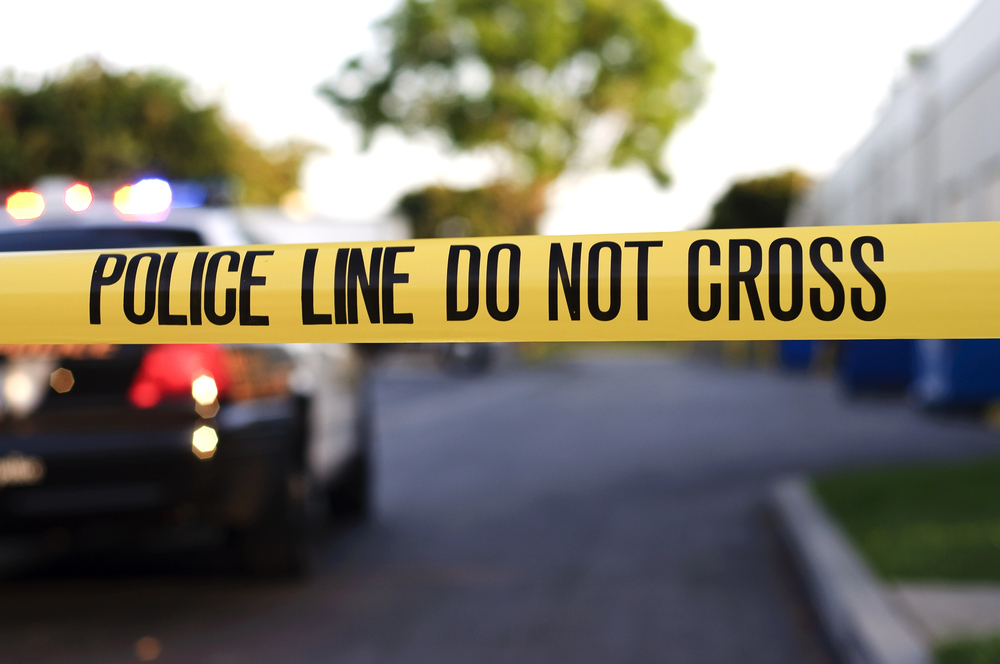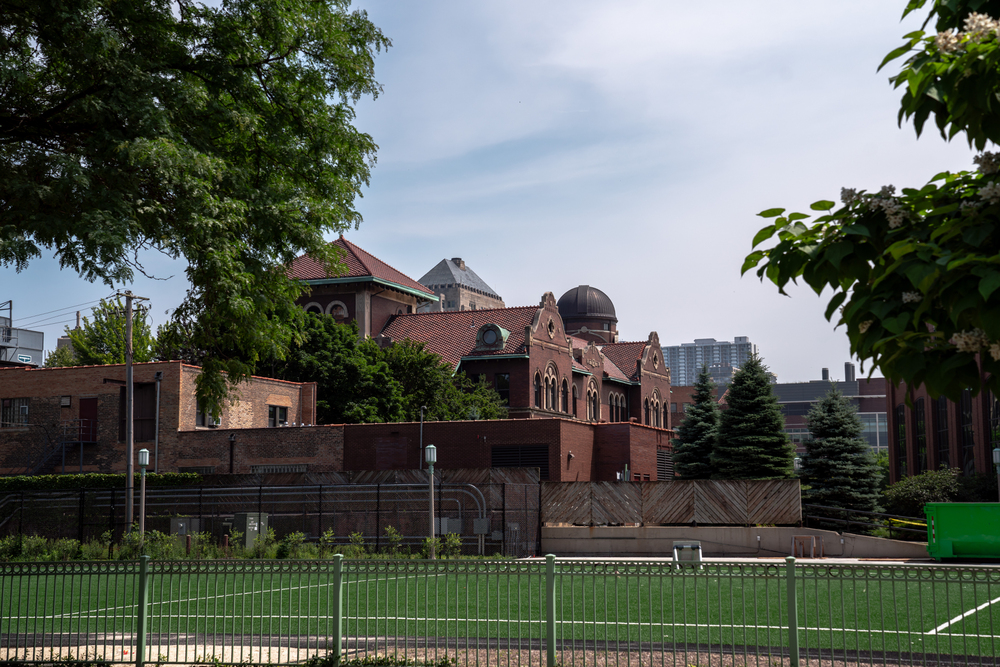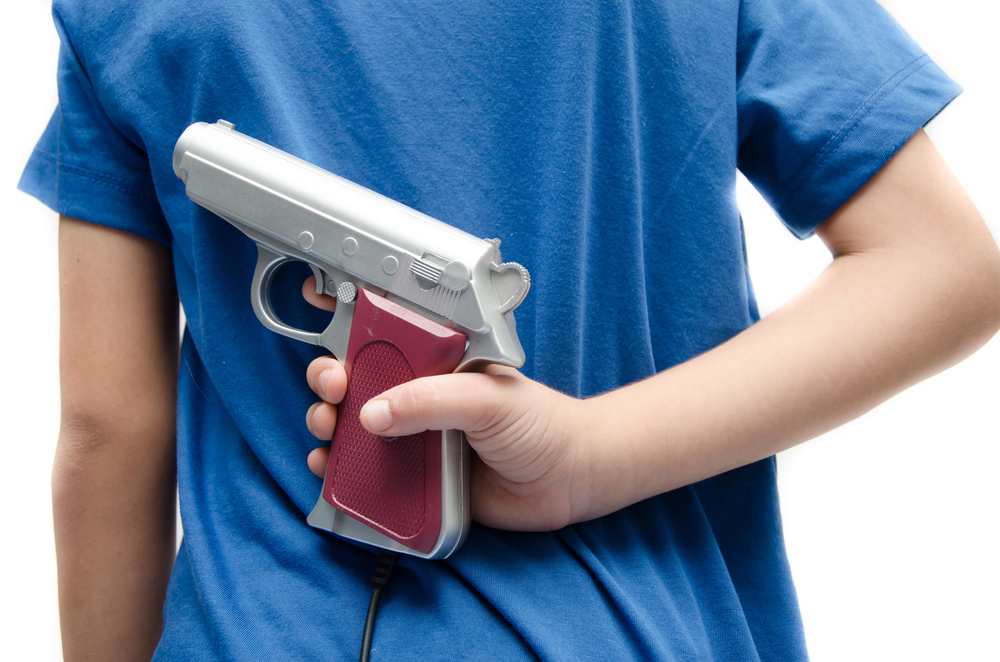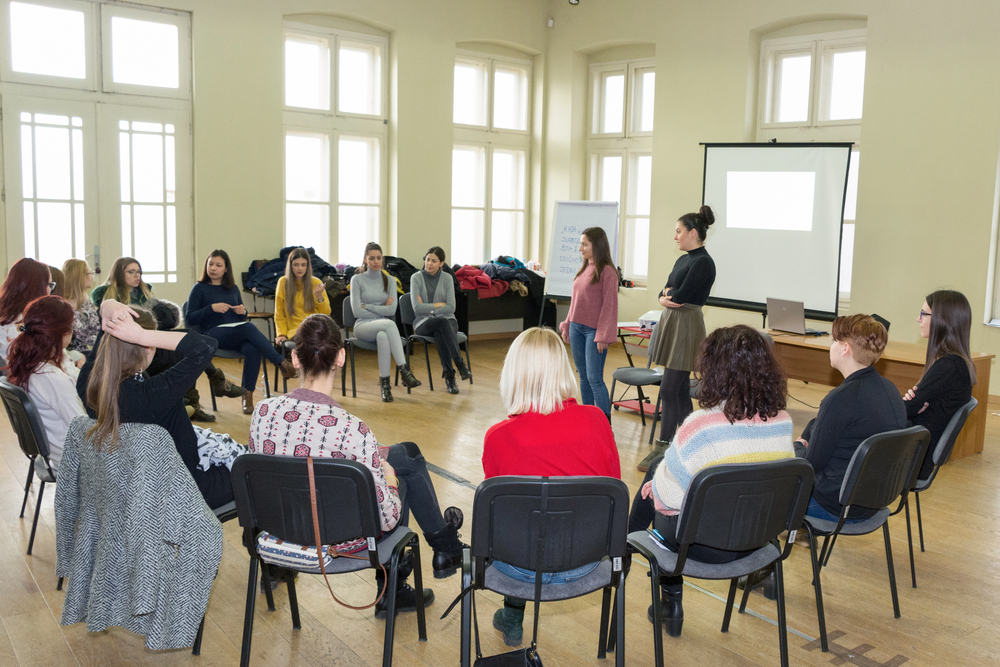
There’s nothing quite like a campus shooting to convert new student orientation from “welcome to your future” to “where’s the exit?” The University of New Mexico campus was shocked awake literally and figuratively when a gunshot in a dorm room killed a 14-year-old and injured another teenager. Here are the details: police report 18-year-old John Fuentes, who’s now in custody, pulled out a gun during what was initially a video game party. As word got out, the campus sheltered in place in full, and the feeling of security that should pervade a college life disappeared at lightning speed.

1. The Timeline: How UNM Replied in Real Time
When the gunshots were heard, the university did not wait. A shelter-in-place directive covered the campus for most of the day as police processed the active crime scene. The main campus remained shut down even after the lockdown was lifted, which highlighted the gravity of the situation. This swift action mirrors best practices dictated for active shooter incidents: “Immediately decide the best way to save your life.”. Quickly, within seconds, make your best assessment of what is happening and which of the following will give you the highest level of safety using the ‘RUN, HIDE, or FIGHT’ protocol.” For some, they are blurred doors shut, phones muted, pounding heartbeats.
But the speed and quality of university notification are vital. Since the Virginia Tech tragedy, colleges and universities across the country have spent billions of dollars on sophisticated emergency alert systems, sending everything from texts to outdoor public address speakers to social media to inform everyone. Now, “it’s generally considered a best practice for campuses to use at least two (and preferably more) emergency notification/mass notification systems to reduce the risk of a single point of failure.”

2. The Big Picture: Why Is Teen Gun Violence Increasing in New Mexico?
This is not an isolated tragedy. New Mexico has witnessed a troubling increase in gun violence, particularly among youth. The state saw 530 firearm deaths in the last year alone, and the age-adjusted firearm death rate stands at 25.3 per 100,000 residents, fifth highest in the country. Weekends are the most hazardous, with the most frequent gunfire between 11 p.m. and 3 a.m. The statistics on youth engagement are sobering: 19 13-18-year-olds were arrested for crimes involving firearms per month on average during the previous year. And it’s not only the shootings guns are showing up in schools as well.

Chief Medical Officer Dr. Miranda Durham of the NMDOH made it simple: “Gun-related deaths are one of the leading causes of death in children and teens in New Mexico.” Why? Experts say it is the result of a complex web of historical trauma, poverty, and ready access to guns. The “contagious spread of violence, specifically gun violence, has been compared to that of an infectious disease, which can spread quickly through communities.” The statistics are telling: from 2011 to 2023, the rate of deaths by firearms in New Mexico rose by 71%, and New Mexico’s ranking for firearm deaths rose from 10th to 5th highest in the U.S.

3. The Ripple Effect: How Campus Violence Affects New Student Orientation
This shooting occurred on the new student orientation day, a day intended for excitement, not anguish. State Rep. Marianna Anaya summarized the anguish: “It is particularly tragic that this took place during the course of a new student orientation, a time when students and their families should be full of hope, of excitement, of possibility.” Instead, families wondered about their future and safety. For some students, particularly those being away from home for the first time, the psychological burden can be immense. Evidence verifies that “history of exposure to violence was associated with all three aspects of poor mental health, namely general anxiety, depression, and suicidality.”

4. Trauma-Informed Mental Health Support: What Actually Helps?
In the aftermath of a campus shooting, mental health services are more than a nice-to-have they’re a necessity. Trauma-informed care is about engaging students where they are, acknowledging that “students who have been exposed to trauma and loss are likely to re-experience stress response systems after being exposed to new traumas, or reminders of the original trauma.” Schools are rising to the challenge with rapid-access counseling, group therapy, and peer support. “It has to be everybody’s responsibility on the university campus to foster a culture of well-being,” said Kevin Shollenberger, Johns Hopkins University vice provost for student health and well-being. Faculty members and staff are being taught to identify signs of distress, and group sessions provide a safe space for students to work through their experiences in a group setting.

5. The Burden of Historical Trauma and the Way Forward
In New Mexico, the causes of gun violence are entrenched. Institutional racism, historical trauma, and long-standing underinvestment in behavioral health have combined to create a perfect storm. “The lived experiences of gun violence survivors and their loved ones confirmed the inherent value of structured listening programs, how poverty, race, and racism impact gun violence, and the need to focus resources on children and youth.” Culturally relevant interventions and community-based programs are the solution.
As Dr. Miranda Durham reminds us, “Securing firearms is a proven strategy to reduce gun violence and to keep our communities and our children safe.” Free cable gun locks and gun buy-backs are helping, but it’s evident that there needs to be an overall, community-based solution.

6. Best Practices: How Universities Can Keep Students Safe and Informed
Campus safety officers realize that communication is key during a crisis. Since 2007, things have changed dramatically in emergency notification systems. Today, universities must bring together various technologies texts, emails, loudspeakers, and social media to reach everybody quickly with the message. Regular testing and integration of these technologies are best practices, and “institutions of higher education led the pack in mass notification technology integration.” The objective? Nobody gets left in the dark, and everybody knows what to do if the worst occurs.

7. Developing Resilience: Supporting Students After the Crisis
The effects of campus violence don’t stop when the crime scene tape is removed. Healing is a process for students, particularly those who’ve been traumatized. Schools are making investments in trauma-sensitive schools, placing counselors in school units, and providing resilience and stress management workshops as well as social connectedness. “Not all students require individual therapy, but most need to have chances to boost their resilience, learn new skills, and support each other,” said counseling psychologist Carla McCowan.

Peer counseling, group therapy, and restorative justice programs assist students in discovering community and purpose after tragedy. To incoming students and their families, the message is clear: the journey ahead might seem uncertain, but you are not alone. Campuses are transforming, not only to manage emergencies, but to cultivate cultures of safety, care, and hope.


